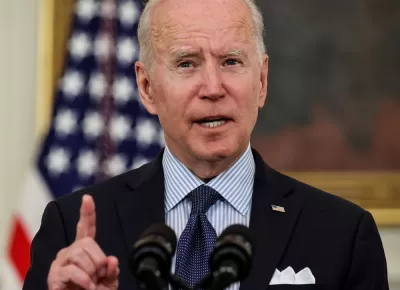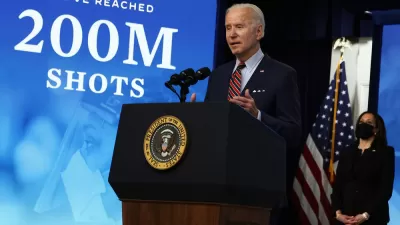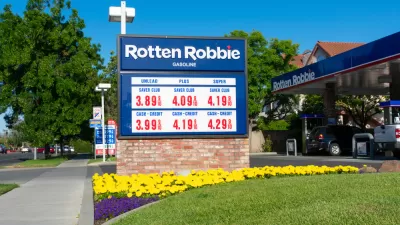The plan, initially proposed by five Democratic and five Republican senators, calls for $1.2 billion in spending over 8 years. Biden wants to see a much larger plan in a second bill, which could potentially sink the package.

"President Biden struck an infrastructure deal on Thursday with a bipartisan group of senators, signing on to their plan to provide about $579 billion in new investments in roads, broadband internet, electric utilities and other projects in hopes of moving a crucial piece of his economic agenda through Congress," report Emily Cochrane, Jim Tankersley, and Jonathan Weisman for The New York Times on June 24.
Mr. Biden noted that the deal includes about two-thirds of the funding that he had called for in several parts of his American Jobs Plan, in areas like clean power and environmental resilience.
However, the president made it clear that the "human infrastructure," such as child care and elder care services included in his jobs plan, needs to proceed in addition to the "physical infrastructure" in the bipartisan proposal.
“If this is the only thing that comes to me, I’m not signing it,” Mr. Biden said during remarks in the East Room of the White House. “It’s in tandem.”
Celebrating a deal would appear to be premature at best. The Times' reporters note some of the hurdles facing the Senate:
It’s not clear, though, that the bipartisan plan ...will muster the support of at least 60 senators to overcome any filibuster. And the two-track strategy promises to be a heavy lift for Democrats in a Congress where they have only the thinnest of majorities, and moderates and progressives have very different priorities.
"The bipartisan package must now win the support of progressive Democrats and conservative Republicans, while the broader 'human infrastructure' bill — likely to be routed through the legislative reconciliation process — must attract support from all 50 Senate Democrats to win passage," writes Quint Forgey for POLITICO.

Montreal Mall to Become 6,000 Housing Units
Place Versailles will be transformed into a mixed-use complex over the next 25 years.

Planetizen Federal Action Tracker
A weekly monitor of how Trump’s orders and actions are impacting planners and planning in America.

DARTSpace Platform Streamlines Dallas TOD Application Process
The Dallas transit agency hopes a shorter permitting timeline will boost transit-oriented development around rail stations.

Bend, Deschutes County Move to Restrict Major Homeless Encampment
City and county officials are closing off portions of an area known as Juniper Ridge where many unhoused residents find shelter, hoping to direct people to housing and supportive services.

High Housing Costs Driving Down Transit Ridership in LA
When neighborhoods gentrify and displace lower-income residents, transit ridership suffers, new research shows.

Iowa Legalizes Accessory Dwelling Units
A new law will allow property owners to build ADUs on single-family lots starting on July 1.
Urban Design for Planners 1: Software Tools
This six-course series explores essential urban design concepts using open source software and equips planners with the tools they need to participate fully in the urban design process.
Planning for Universal Design
Learn the tools for implementing Universal Design in planning regulations.
City of Mt Shasta
City of Camden Redevelopment Agency
City of Astoria
Transportation Research & Education Center (TREC) at Portland State University
City of Camden Redevelopment Agency
Municipality of Princeton (NJ)
Regional Transportation Commission of Southern Nevada





























